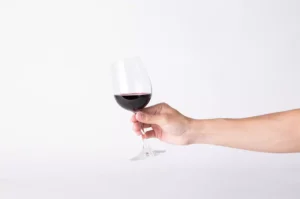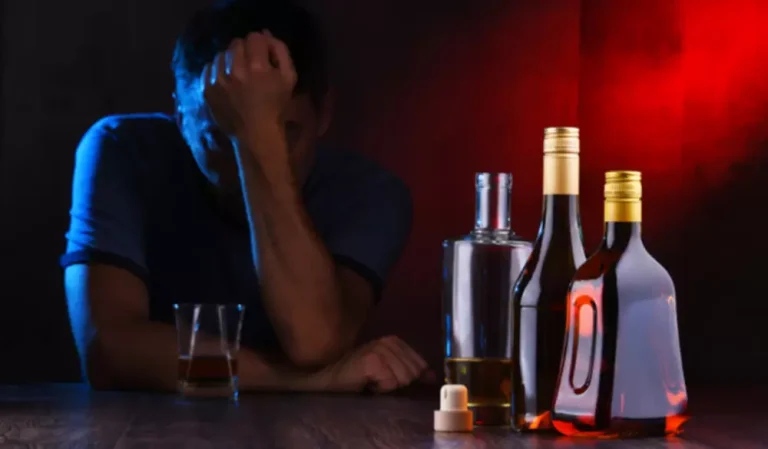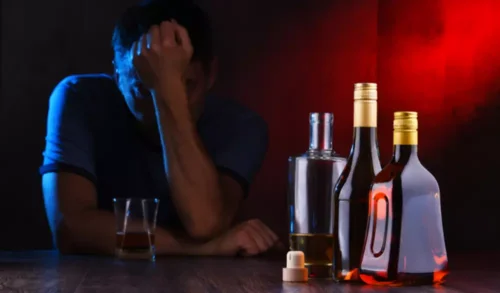
While there are no cures for brain damage from drinking alcohol, early diagnosis and lifestyle changes will stop further damage and reverse the deterioration. New brain cells develop within a year after abstaining from drinking. People often stay unconscious for several minutes after a seizure while the brain recovers. Your doctor will also be able to determine if the symptoms you are experiencing are due to withdrawal or if they are the result of another condition. You should feel empowered to use any and all tools you have access to. Withdrawal is one of the most uncomfortable parts of the sobriety journey, but it is temporary.

What are Alcohol Withdrawal Seizures?
- One of the best things you can do is explore treatment options together.
- People can experience a wide range of symptoms—ranging from mild to moderate to severe—that start and stop at different times for each person.
- If you have severe symptoms, you may require inpatient or even intensive care level monitoring.
- Most people tend to notice a reduction in symptoms within 5–7 days.
Sometimes called alcoholic hallucinosis, these can show up within 12 to 24 hours after you quit. Tell your doctor if you see, hear, or feel things that aren’t there. Your doctor may also prescribe medications to help to alleviate symptoms such as anxiety, cravings, and delirium tremens. They may also refer you to an alcohol treatment program, where you will receive support during rehabilitation.
- Each of these symptoms can increase in intensity depending on the severity of the withdrawal.
- Those who seek medical attention tend to feel better than whose who do no.
- Withdrawal can often accompany physical symptoms like nausea, vomiting, and diarrhea.
- Most people with mild to moderate alcohol withdrawal don’t need treatment in a hospital.
- It’s important to get medical help even if you have mild symptoms of withdrawal, as it’s difficult to predict in the beginning how much worse the symptoms could get.
Treatment & Support

Some symptoms, such as irritability, fatigue, and sleep disturbances, may persist over time while the body adjusts to the lack of alcohol. Individuals may also want to consider maintenance medications, a support group, or enlisting the support of friends. Sobriety can be a hard path to begin, but The Recovery Village can help you find your way to a healthier, alcohol-free future. Contact us today to learn more about alcohol addiction treatment programs that can work well for your needs. We surveyed 2,136 American adults who either wanted to stop drinking alcohol or had already tried to quit (successfully or not).
Better Blood Pressure, Fewer Cravings

As the body begins to build a higher tolerance for alcohol, the brain becomes more dependent on the substance for feel-good neurotransmitters. alcohol withdrawal When chronic heavy drinking is suddenly stopped, dopamine production also halts, causing physical and psychological withdrawal symptoms. Lots of people with alcohol use disorder need professional help to quit drinking.

- Our writers include physicians, pharmacists, and registered nurses with firsthand clinical experience.
- Heavy alcohol use is expensive, potentially costing you $800 each month or even more.
- Many people stop experiencing alcohol withdrawal symptoms four to five days after their last drink.
- If you already have alcohol use disorder, it’s important to seek counseling and medical care as soon as possible.
- At 10 days without alcohol, if you still have any physical withdrawal symptoms, as reported below, they’re possibly due to some other condition than alcohol withdrawal.
You might also take anti-seizure meds and antipsychotics, along with other drugs. In the fourth week of abstinence from alcohol, the benefits keep piling up, according to the reports of those who remained sober for more than three weeks. “Anxiety, dizzy, no sleep, exhausted. Does anyone ever feel like an electric current sometimes runs through your body? But it’s getting better every day.” “I quit two days ago and have just had the unfortunate experience of a seizure, as well as many visual and tactile hallucinations. Massive sweats and tremors.” “Most of my withdrawal symptoms are gone, but I still have sharp pains in my head, can’t sleep, and get night sweats.” The prognosis (outlook) for someone with alcohol withdrawal depends greatly on its severity.
Factors that determine the timeline
The medical community often refers to the “four stages of withdrawal” as a roadmap for what someone might expect right when they stop drinking. Remember that it’s important to connect with a medical professional before you stop drinking to ensure that you can go through each stage safely. If you’re otherwise healthy and can stop drinking and get treatment, the outlook is usually good. However, sleep disturbances, irritability, and fatigue may continue for months. If you drink daily, your body becomes dependent on alcohol over time. When this happens, your central nervous system can no longer adapt easily to the lack of alcohol.
Treatment Programs

GABA also helps produce endorphins in the brain, which produce a sense of well-being. Excessive alcohol use causes a GABA imbalance that the brain becomes accustomed to, so it regulates its neurotransmitter production to account for the influence of alcohol. When alcohol use ends, the brain’s chemical balance is disrupted, which results in the negative physical and mental symptoms of alcohol withdrawal. Withdrawal is a physically and psychologically uncomfortable experience — so much so that many heavy drinkers will continue drinking despite negative consequences just to avoid withdrawal. With continued and excessive alcohol consumption, alcohol interferes with the brain’s natural functions, disrupting neurotransmitters that send messages to the CNS.
What Is Delirium Tremens?
This will lead to improved nutrition, which can profoundly impact your overall health, especially over time. By the end of your first month of sobriety, the benefits of better sleep, improved hydration, spending less and decreased calorie intake will be growing. You will likely have saved over $800 and avoided about 12,000 calories or more, allowing you to lose at least four pounds. By the end of this first month, your recovery will be well underway, and your struggle with alcohol will begin to become more of a distant memory than a recent struggle. It’s best to be in a calm and controlled environment to reduce the risk of symptoms progressing toward hallucinations.
PAWS refers to prolonged side effects that some people experience following alcohol withdrawal. Having a doctor monitor your symptoms can help you reduce your alcohol intake as safely as possible and lower the risk of more serious complications. If you experience multiple episodes of alcohol withdrawal, you may find that the symptoms begin to worsen each time. Remember you are facing a difficult challenge during alcohol withdrawal, but you are not alone. There are many resources available to help, including peer support groups, counseling, therapy, and inpatient rehabilitation.
